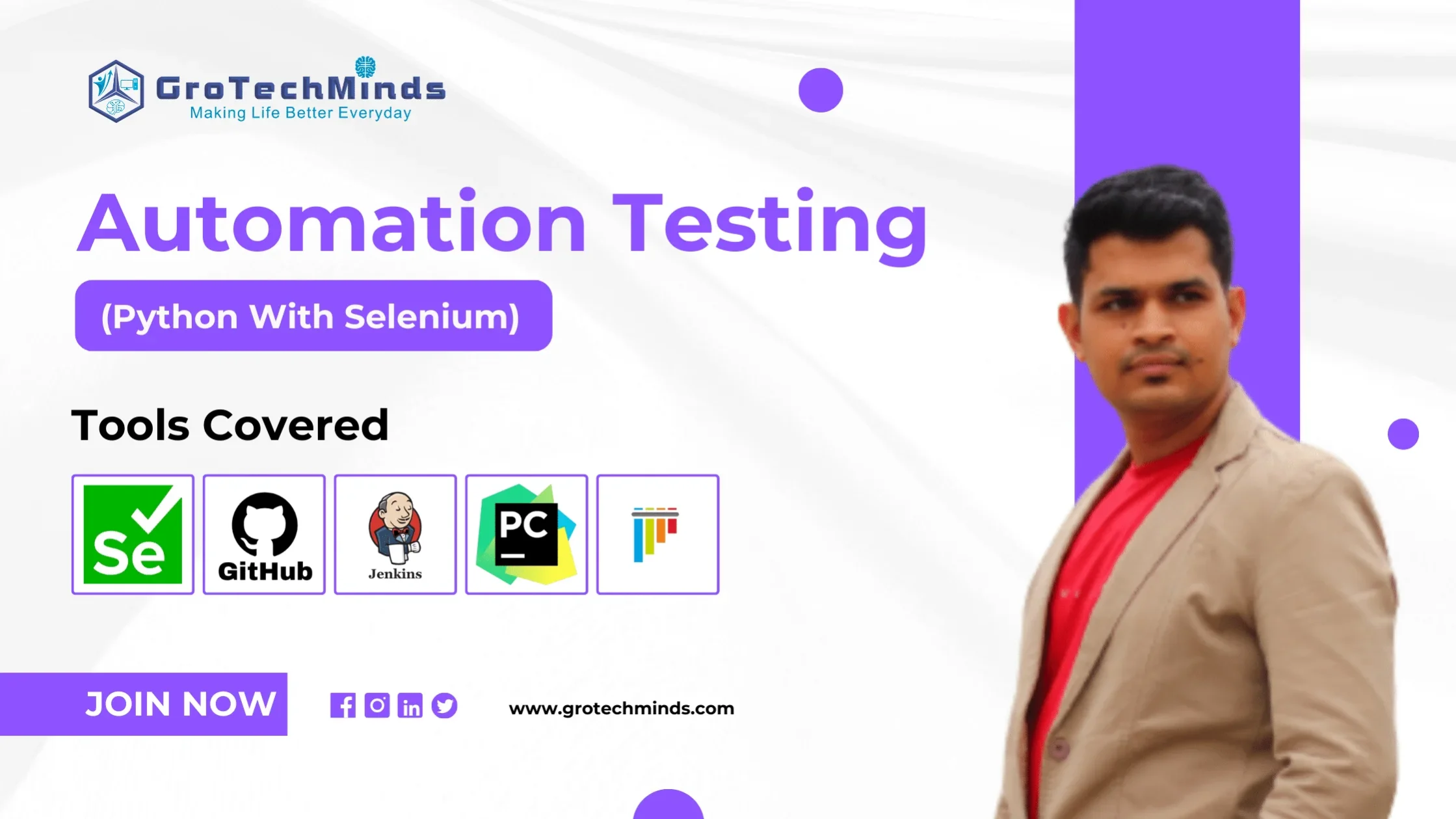

Challenges in Desktop Application Test Automation
Long before online and mobile applications, we utilised web desktop apps. However, testing them has become increasingly rare, and if your job entails test automation for desktop applications, you may face some difficulties. Let us go over them now.
1. Choosing the best tool for the job
This is an issue in any test automation projects, but it is especially difficult for desktop programmes. While there may be too many options for online and mobile apps, the same cannot be true for desktop.
Communities are also smaller, making it more difficult to obtain help for problems. Choosing a tool may necessitate extensive research and is dependent on the project’s requirements. Consider the following:
Because fewer testers work on desktop test automation, finding solutions to your code problems on Stack Overflow or other comparable sites will be more difficult. So good support is something to think about.
The test automation capabilities of the team / the learning curve: Some tools are simple to use, while others are not. In any case, time must be devoted in familiarising the staff with a new technology. If the majority of the team’s testers are inexperienced when it comes to developing test code, look for a tool with a low learning curve.
Of course, you must ensure that the tool you intend to use has all of the capabilities you require. Don’t get too enthused about tools with a lot of functionality unless you intend to use all of them in your project.
When it comes to automation testing, reporting is critical. How can you illustrate the benefit it provides? How do you identify progress or trends? All of this can be aided by a strong reporting system.
Is the tool compatible with other tools that your team already uses? The ability to combine the automation testing solution with other tools, such as issue trackers, project management tools, and CI/CD, can be quite beneficial.
In contrast to web test automation, where you may utilise the browser’s developer tools or numerous browser extensions, locating locators for desktop programmes can be a little more difficult. You can still use XPath for UI testing, but you won’t have access to the normal and suggested attributes, such as CSS selector, class name, or link text.
Many of the tools provide UI inspectors that may be used to generate locators, and for Windows programmes, you can utilise Microsoft’s accessibility insights or the legacy application inspect. Similar utilities are available for Mac and Linux.
You could utilise custom attributes if the developers agree. This will save testers a lot of time and effort when creating locators for UI elements. After all, it’s in everyone’s best interest to have a dependable testing process that contributes to the overall quality of the product.
In contrast to unit or integration testing, UI automation typically works with larger test scenarios. Especially if we are also performing end-to-end testing (which is frequently the case).
Desktop programmes are typically more complicated in and of themselves. As a result, the test cases and situations for automation will get more complex. This means that implementing the tests may be more difficult for desktop programmes.
Choose your tests carefully, and don’t be afraid to rely on unit and integration testing as well – if something can be automated at a lower level, don’t duplicate the test scenario by testing it through the UI tool.
The setup, or test preconditions, and the teardown are two critical components of automated testing. When it comes to automating testing for a desktop software, these might also be a challenge.
Consider this: for a Selenium test automation project, setup and teardown imply opening and closing the browser (additional processes may be included, but these are a given). When a fresh test begins, the browser is in a clean state, with no cookies, cache, or people signed in, for example.
However, restarting a desktop app is insufficient to restore it to its original condition. A desktop application may generate numerous “residual” files. These can include registry entries as well as licence and registration files. Of course, it’s not hard to get rid of things, but it takes some extra effort and should not be overlooked during the test teardown.
This might also be a challenge. Because, unlike online test automation, where several browsers can be used, desktop apps require many instances of the app to be open at the same time. Multiple instances with distinct configurations, such as various licence kinds or separate users, are usually impossible.
Another problem is that some automation tools that interact with programmes must really use the mouse or keyboard, rather than simply simulating the actions through the browser. This implies you can only interact with one instance at a time, which increases test execution time significantly.
What is the solution? Each instance of the software can be executed on a separate PC. This entails, of course, investing in a robust infrastructure comprised of numerous machines (real or virtual) and installing the software on each one. This brings us to the final point.
Installing a desktop programme is typically the user’s responsibility. In contrast to a web app, which is installed on a server by the development or DevOps team, desktop apps come with an installer that must be launched on the user’s workstation.
It is critical to test the installation (whether from scratch or via updates) to ensure that everything works properly. You should also consider testing the uninstall process.
You will also need to automate the installation procedure if you are running the tests in a CI/CD environment. This is because the tests must run on the correct application build, which must be present on all machines where the tests are executed.
Test automation for desktop applications might present a number of problems, but with the right plan and preparation, we can conquer them all. This post discussed some of the most typical ones you should be prepared for if you begin a desktop app testing project.
GroTechMinds is the one top ed tech institute to master the Automation Testing course and we built a million of successful students’ careers in the Software Testing field.Enrol in the GrotechMinds Automation Testing with selenium training and become pro in QA Automation Testing Course
Consult Us


















